The Apple Watch Review
by Joshua Ho & Brandon Chester on July 20, 2015 8:00 AM EST- Posted in
- Wearables
- Apple
- Mobile
- Apple Watch
WatchOS: Communication
If you’ve been reading closely in the past few pages, you’ll probably notice that there’s a rather consistent theme when it comes to what I find myself doing with the Apple Watch. For the most part, those uses revolve around instant messaging, text messages/iMessage, email, and the extremely rare phone call. Ultimately, communication is what the Apple Watch is all about. I suspect that this is ultimately why Apple has placed a dedicated side button for the Friends screen, which contains a carousel of contacts that you would frequently contact. In practice, this is the only way to access some of the features that are specific to Apple Watch, namely Digital Touch and sending animated emoji.
The Friends UI itself is definitely quite effective for what it is, and really shows again just how useful the digital crown can be when it comes to keeping the UI compact without compromising usability. Selecting a given person is done with the digital crown, with confirmation providing by tapping the display. Once confirmed, the user can elect to call or send a text message. If the friend has an Apple Watch as well, the previously mentioned Digital Touch and animated emoji features will also be accessible from the same screen.
Honestly, I saw next to zero value for sending heart rate or animated emoji, but the ability to send taps to someone is really quite helpful given how good the haptic feedback (Taptic Engine) is at getting someone’s attention. It’s definitely possible to accidentally spam taps to someone without malice though, which is something to be mindful of. Drawings are also a fun feature, but probably not a killer app. At the end of the day, it’s probably a fair bet that you’re going to spend most of your time using the Apple Watch to send text messages and make phone calls rather than drawings or emoji.
Although I’ve already discussed the text messaging aspect, the phone aspect is a pretty interesting experience. In practice, phone calls are definitely not going to work in public on the watch, but in private settings I found the experience to be without any major problems. The actual phone call part of the experience is usually pretty relaxed as you can basically leave the iPhone 6 somewhere else and talk over speakerphone with your hands on a computer as the microphone can still pick up voices reasonably well in that kind of situation as long as you haven’t covered the mic with your wrist or clothing. Trying to make a call is also one of the easier things to do, with a list of recent calls synced from the paired iPhone, favorites, a contact list, and voicemail access from the phone application. You can also make a call from the previously mentioned Friends screen.
One issue that I've observed when making calls on the Apple Watch is that there are times where it will hand the call off to the iPhone rather than completing it on the watch. In fact, every time you make a call you will momentarily see a message that says "Handed Off", which would imply that the call has been transferred to the iPhone. Usually this will be quickly followed by the standard ringtone and call connection being done using the speaker and microphone right on the watch, but I've encountered times where it actually does hand the call off to the iPhone and there's no way to pass it back. This seemed to happen in very specific circumstances, such as calling a certain contact using the friends menu rather than right from the phone app, and it's definitely something that will just require a small bug fix.
Something else to note about audio calling is that the Apple Watch doesn't support making FaceTime Audio calls. This is less of a problem now than it would be in the past, as Continuity and Handoff allow iPhone users with iPads and Macs to answer phone calls on those devices. That being said, it means that there's no way to communicate with a person on their iPad or Mac if they don't own an iPhone, which is somewhat disappointing with how FaceTime is positioned by Apple as a way to communicate across all Apple devices. I would imagine that support for FaceTime Audio calling will be added down the road in either a software update or a new version of the Apple Watch, quite possibly with a front-facing camera to enable both video and audio calling.
Fitness
Fitness has been a huge trend in the wearable industry as of recent, with no signs of slowing down. Heart rate monitoring is almost a standard in smartwatches by this point for better or worse, as is step counting. Fitbit, Jawbone, Microsoft, Garmin, HTC, and others have all made strongly fitness-targeted wearables. In the case of the Apple Watch, I was somewhat dubious that this feature would be all that important to my evaluation of the watch. After all, an enormous number of these wearables suffered from the abandonment problem that I previously discussed. Given that fitness tracking didn’t seem to be all that of an appealing feature, I was pretty well convinced that the selling points of a truly successful wearable would be elsewhere. I’m also decidedly low-tech when it comes to how I approach exercise, as to me there’s no real data needed other than a timer and whether I feel like I’m exercising at a sufficiently strenuous pace, when I exercise at all. As a result, I haven’t been evaluating applications like Endomondo and other fitness-related applications in deep detail, and I didn’t really expect to be writing this section either.
So now that we’ve established the background in which I approach fitness, we can start to talk about the actual fitness app on the watch. The fitness aspect is actually remarkably simple. Setting up the application at the start goes something like inputting your height, weight, sex, and age, then selecting a starting move goal. Once you’re done with all of this, just about the only thing you actually have to do with any kind of regularity to make the fitness tracking work is put the watch on and make sure it isn’t locked when you use it. One of the most important parts of getting people to actually use an application is to always ensure a low barrier to entry, and Apple has pulled this off remarkably well.
From there, the actual fitness tracking is completely invisible. The user never actually has to actively interact with the watch to get fitness tracking to work. There are only three metrics tracked at this time, but they’re probably the most important predictors of health. The first is movement, which appears to be at least partially based upon heart rate because I seem to have “movement” calories during times when I’m doing nothing but sitting in front of a computer and typing. The second is exercise, which is definitely influenced by heart rate although I haven’t been able to really experiment to see if heart rate is the sole determinant of this metric. The final metric is standing, which effectively attempts to get people to stand for at least a minute every hour for twelve hours a day.
As far as I can tell, after a few weeks of continuously using the watch with the phone paired it didn’t make a real difference in distance estimates when I would forget the phone and rely on the watch for distance estimates. When using purely passive distance tracking, I found that the watch estimated a 1.8 mile walk at 2 miles, or roughly 10% error. However, when selecting the "outdoor walk" fitness option a 1.8 mile walk was estimated at 1.75 miles, which is pretty much no error at all.
There is a workout component, but I suspect that this is something more targeted towards someone who is actually setting aside time every day to do nothing but exercise. I tried the interface and found it to be a useful addition, but I really haven’t had a reason to use it as the automatic tracking is pretty much good enough for my needs.
Of course, outside of tracking the watch will also give you reminders (or guilt trips?) throughout the day of your progress on these three metrics. If you haven’t stood within the last hour, the watch will also remind you of this so you can stand for at least a minute and take a break from whatever you were doing. None of these are really all that intrusive though as the reminders are widely spaced throughout the day so it didn’t feel like I was getting bombarded by notifications from the fitness application. The stand notifications can get pretty excessive if you’re sitting down for an excessive amount of time, but it’s possible to disable this which is a nice touch.
Surprisingly, I found myself looking at these features pretty often because it’s data that I haven’t actually had any real insight into. I’ve never really used a fitness tracker that keeps track of something as simple as standing time, which seems like an obvious metric to track as soon as you start using the fitness functions of the watch because sitting for extended periods of time can have significant effects on health regardless of how much exercise you do. Other fitness trackers have also tracked calories burned and distance covered before, but an actual exercise metric is surprisingly helpful because it’s often difficult to tell what exercise really constitutes as. For example, I wouldn’t consider walking at a decent pace to and from a store half an hour away to be exercise, but with heart rate tracking it turns out that at least half an hour of the one hour walk was actually exercise. I’m sure some people would consider this to be cheating, but in practice I’ve found that the end result was that I had a tendency to try and be more active more often because almost any kind of reasonably strenuous activity would be counted as exercise.
Overall, I found that the fitness component of this watch to be a real surprise. I often hear that Apple is good at making things we didn’t know we wanted, but this is probably the first time I’ve really believed that statement. Going into the review, I didn’t really realize that I wanted a solid fitness tracker on a smartwatch, but now I’m really convinced that there is value to such features.
The only difference was implementation, and it’s apparent to me that the difference here is strongly influenced by a level of thought that I otherwise haven’t seen in most smartwatches. I don’t particularly care for step counts, but I do care about how many calories I’ve used through activity and how many minutes of exercise I’ve done in a day. Even if you don’t care about fitness tracking, the watch’s fitness tracking capabilities are worth keeping in mind when comparing against other wearables. Of course, buying Apple Watch isn't going to magically make you healthier, but it will provide information that allows such actions to be taken.


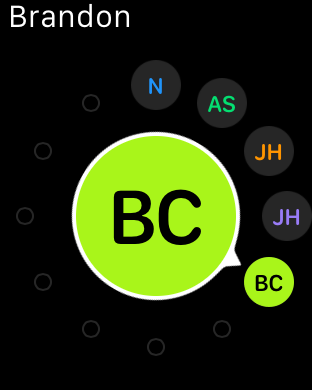

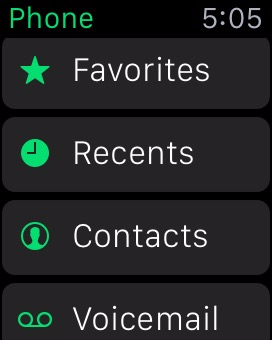
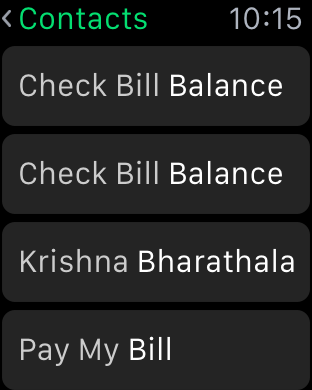

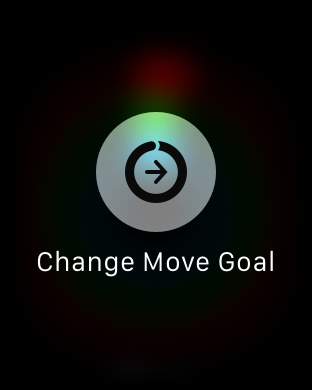
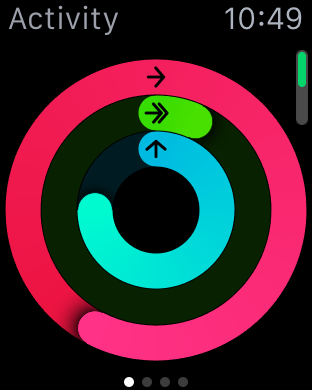
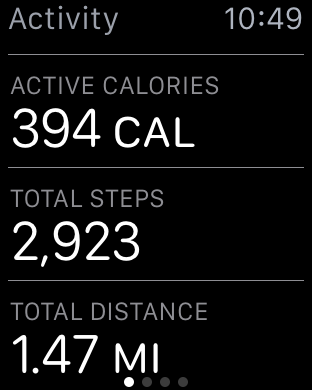
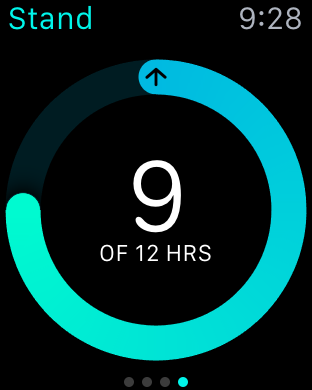
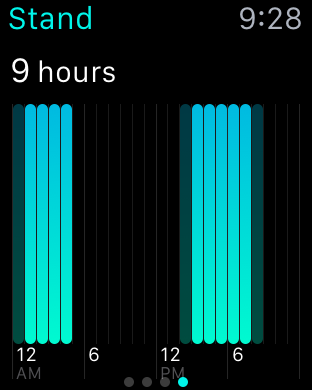
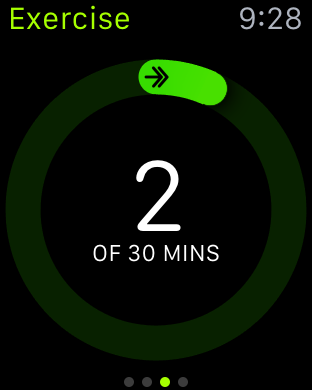
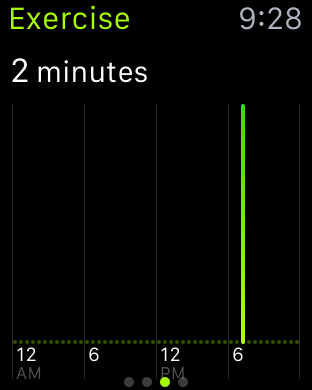
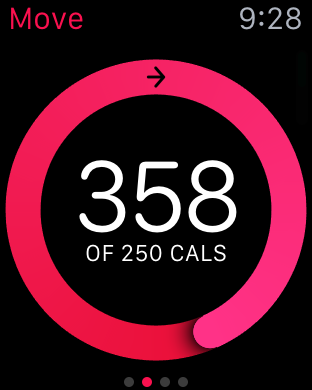

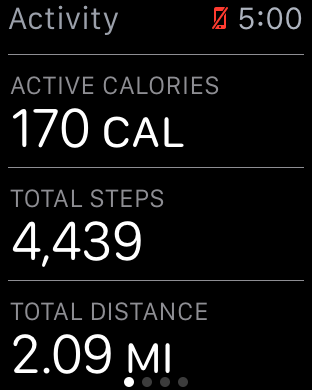
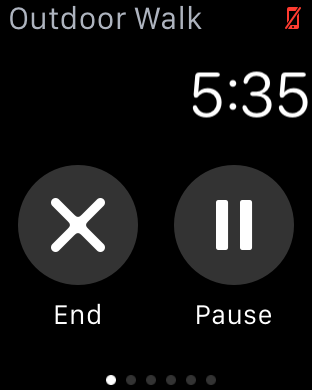
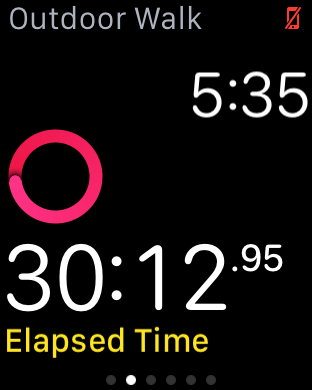
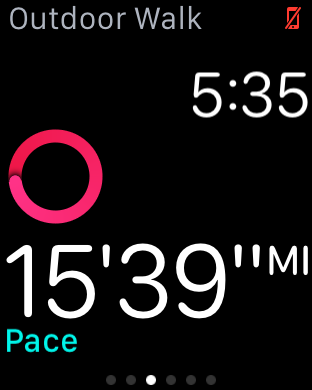
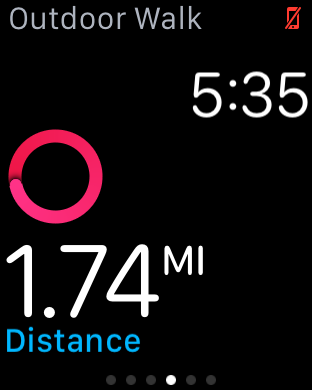
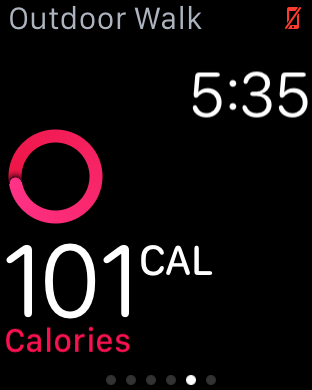
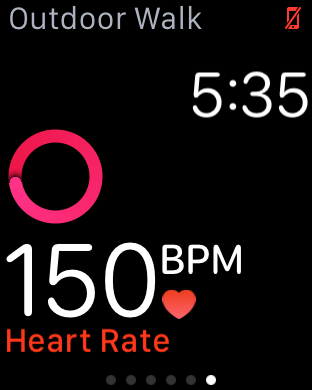
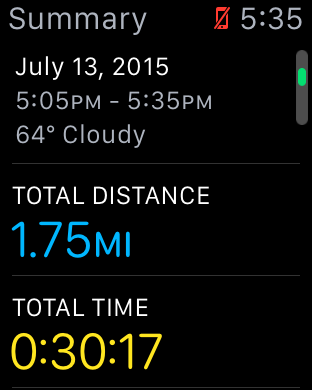
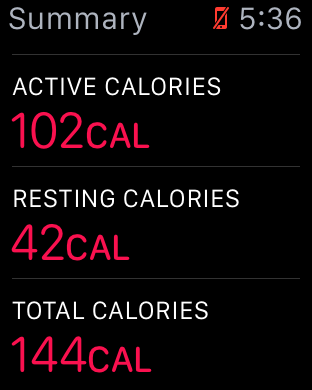
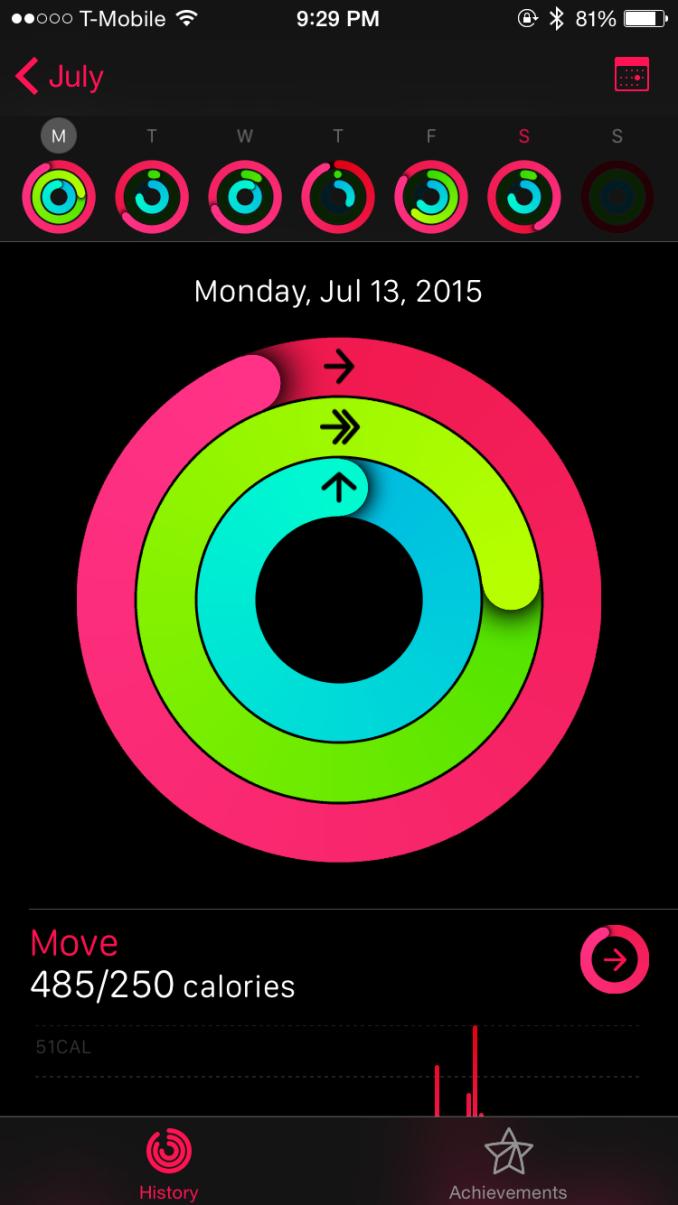
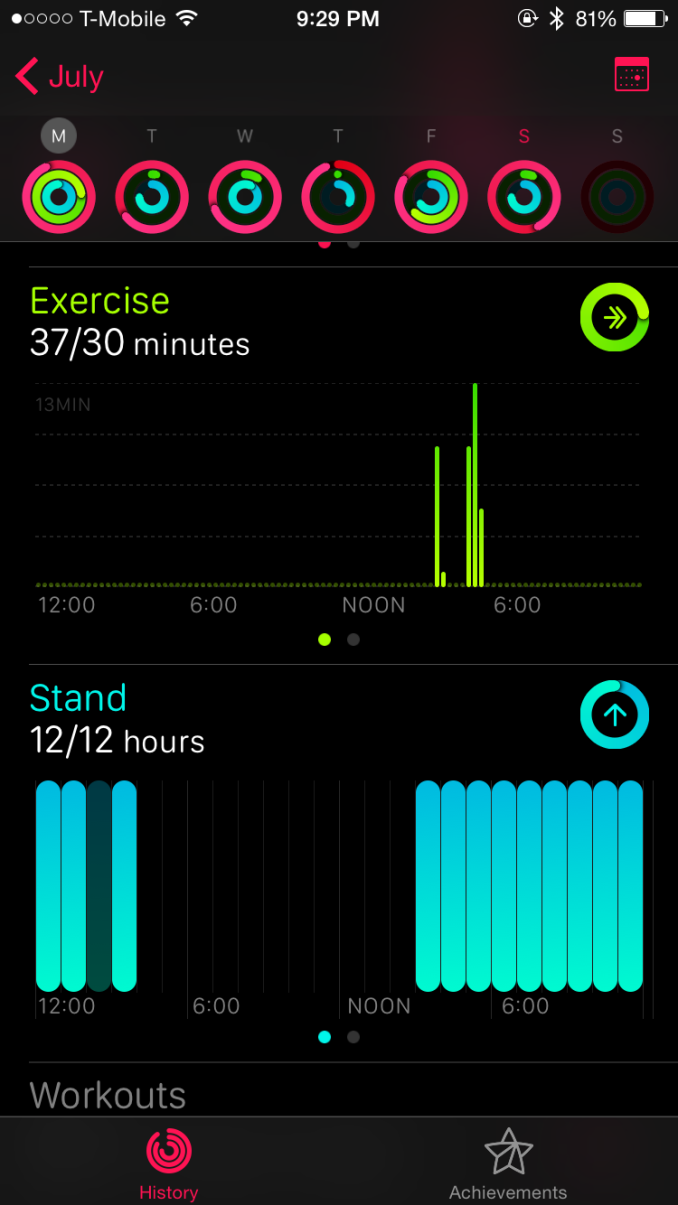
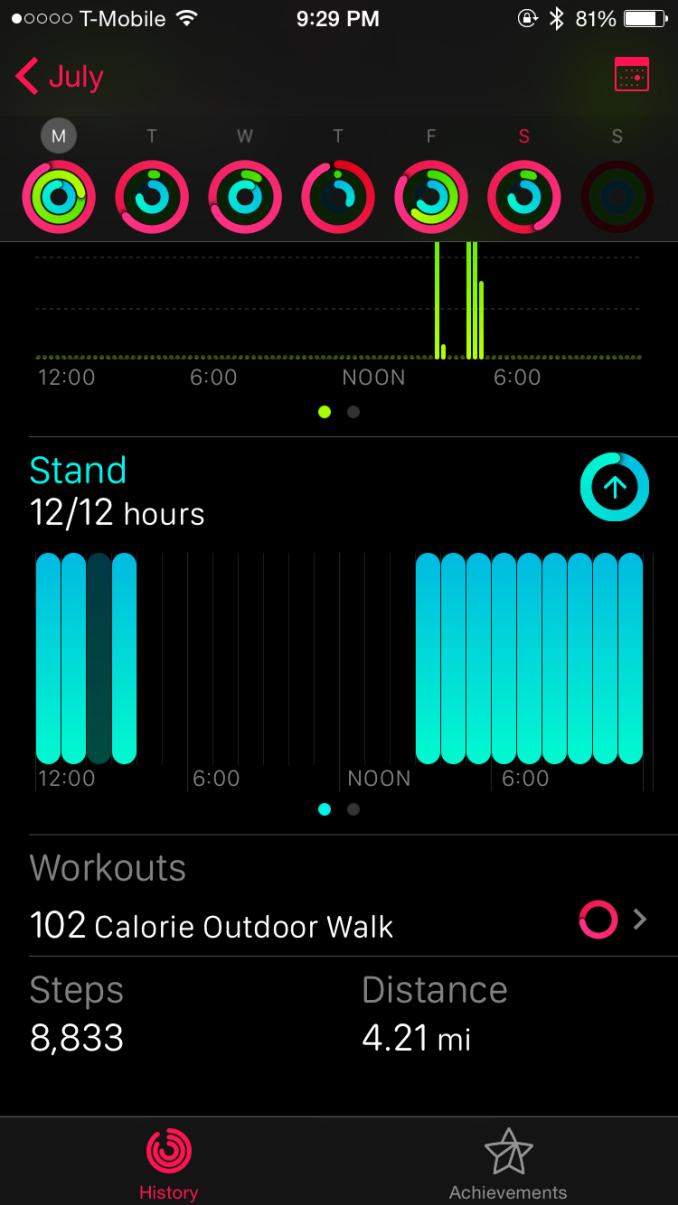
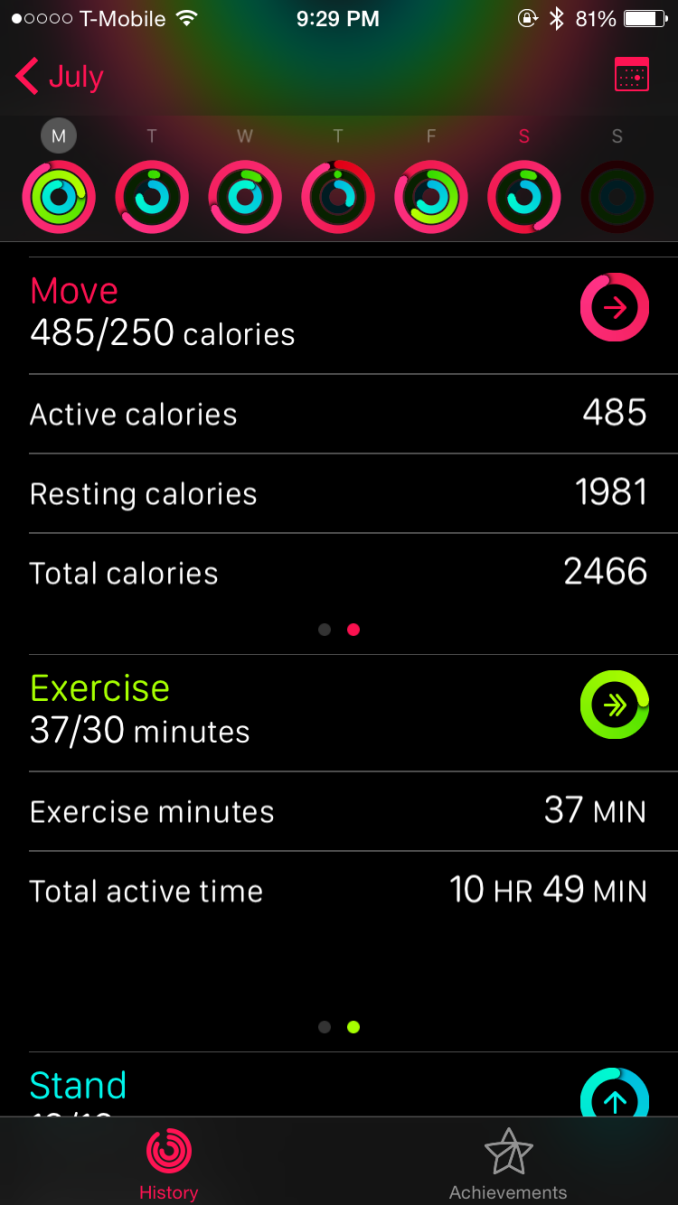
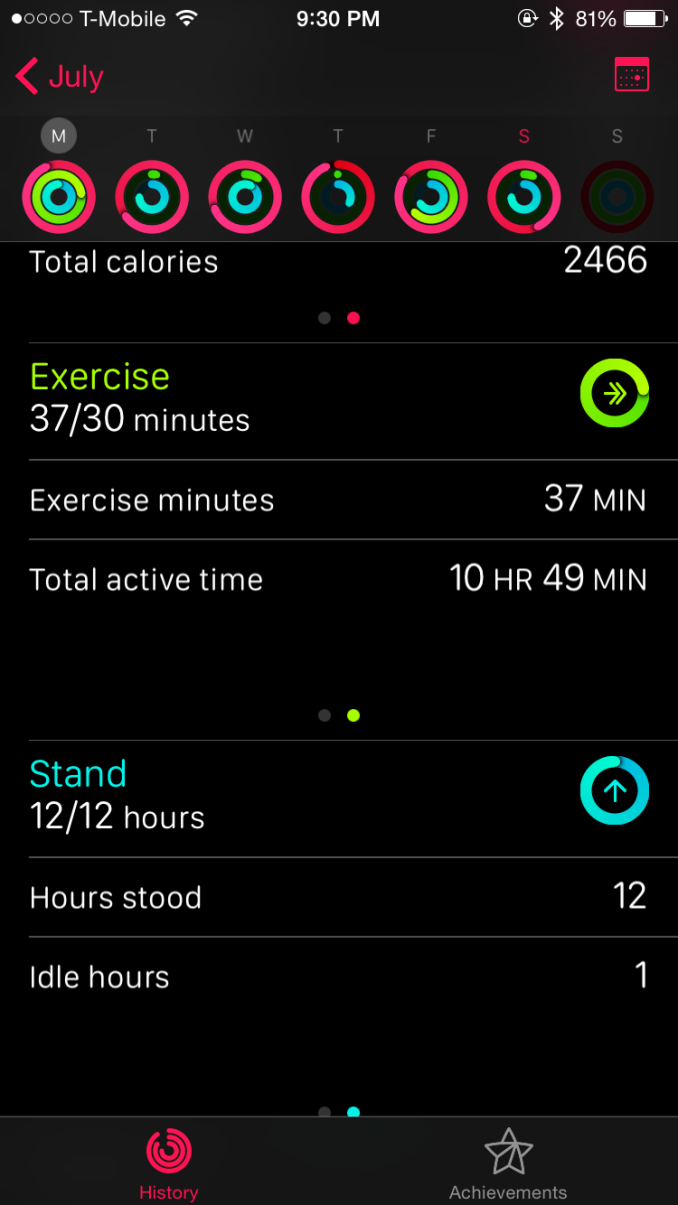
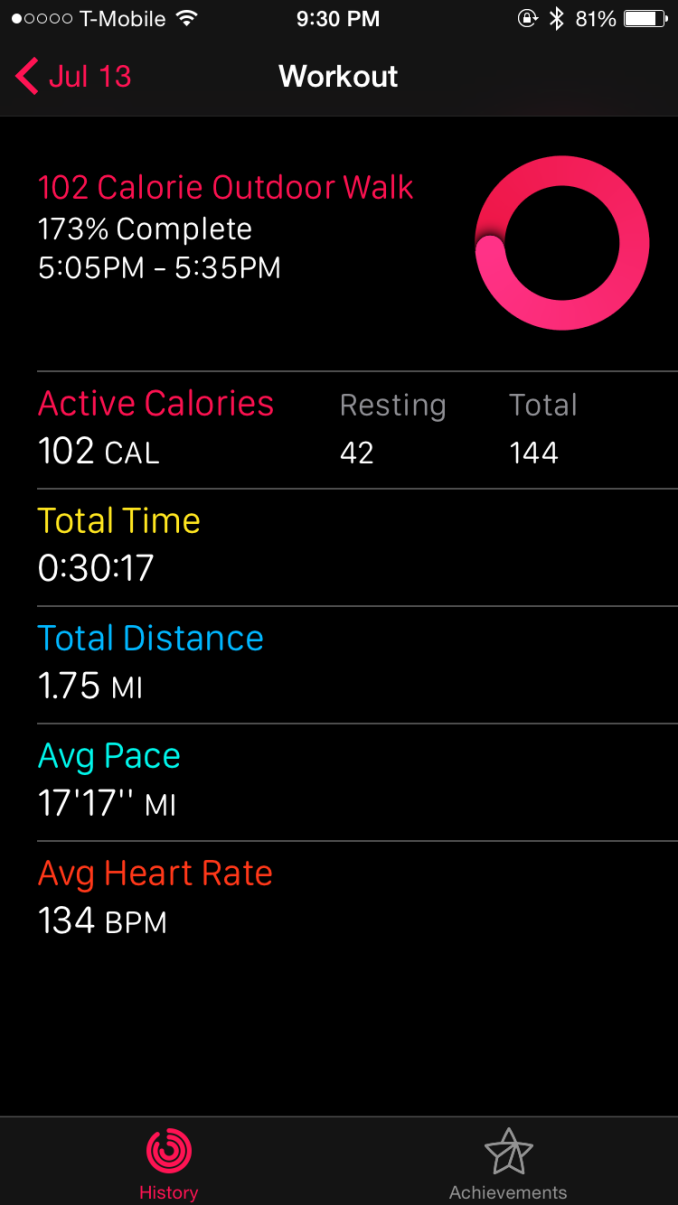








270 Comments
View All Comments
Devo2007 - Monday, July 20, 2015 - link
Given that they received both the sport band and the Milanese loop (note "received" and not "bought"), you know they had to give a positive review. Anything less would have Apple PR threatening to block Anandtech from future press events or review samples.KPOM - Monday, July 20, 2015 - link
Pretty much every reviewer, including Nilay Patel, got the Sport plus one band of his or her choice, usually the Milanese, Link, or Leather Loop band. Also, this review is out about 3 months after the other major sites, so it isn't like they got priority or anything like that.Devo2007 - Tuesday, July 21, 2015 - link
My point is that it was a review unit that it appears they got to keep (they've had the watch for months).Sorry, but it simply reads like a love letter to Apple, and while some flaws are mentioned, pretty much any other wearable would have been slammed for it. Here, it's a "version 1.0 thing"
S2k15 - Wednesday, July 29, 2015 - link
Congratulations for a comment filled with nothing but absolute and complete horse-shit, and for making yourself look like a complete moron to anyone who isn't an insane troll like you.Faked screen resolution? Huge bezels? Insufficient battery? Oversized vibration motor? Kids version? This is the first time I ever hear a single of these creative "complaints", probably cause you pulled them straight out of your ass.
anomalydesign - Monday, July 20, 2015 - link
The aspect I'd like to see further discussed is the price. Is there enough functionality in this to justify it costing more than your smartphone in many cases? The functionality/price ratio has been an issue for the existing android wearables, and those generally cost 1/3 as much, or less (while offering strikingly similar functionality).I can't help but think that the high price point Apple picked was partly to address the abandonment issue you mentioned. If you pay $600 for something you're much more likely to make a point of using it than if you paid $100 for the same item. Even still, after everyone was spotted wearing Apple watches the first week or so they were out, it seems like if anything there are fewer in the public eye now than then. Slow adoption is OK, but declining adoption is a bad thing.
p_giguere1 - Monday, July 20, 2015 - link
The functionality/price ratio is pretty much meaningless if we don't perceive this as a pure tech device, but rather a tech/fashion hybrid. Fashion is pretty much the opposite of cost-effectiveness, but it's also something most people value (to different extent).Maximizing that ratio would most likely mean making the device not fashionable at all, and therefore not appealing to the non-nerdy demographic. The key is finding the right balance to please most people. Most people are totally willing to sacrifice some of the functionality/price ratio for fashionability.
If what Apple wanted was to provide a good functionality/price ratio, the current aluminum (low-end) model would probably be the high-end model, and they'd offer a plastic model as the low-end. They don't because then people would perceive it more as a gadget and less as fashion accessory/jewel.
While the functionality/price ratio could definitely be discussed, I don't think it should be measured like maximizing is objectively good. Making it pretty low is actually likely what will contribute to the Apple Watch's success. Beats by Dre probably wouldn't be the best-selling high-end headphones either if they targeted a high functionality/price ratio.
FunBunny2 - Monday, July 20, 2015 - link
-- The functionality/price ratio is pretty much meaningless if we don't perceive this as a pure tech device, but rather a tech/fashion hybrid.But it isn't a tech device. An old X-term has more brains than the Watch.
extide - Monday, July 20, 2015 - link
You do a disservice to real high end headphone by calling Beats by Dre 'high end', lol.Guspaz - Monday, July 20, 2015 - link
My iPhone cost $950, the Apple Watch costs $350. I didn't buy an Apple Watch, but it wasn't because of the price. It was because the first-gen product seemed like it needed a few more revisions.That said, the sport should have a sapphire screen, and the bands should be much more affordable, but still, cost wasn't the reason I didn't buy.
KPOM - Monday, July 20, 2015 - link
My guess is that if GTAT didn't go under they would all have sapphire crystals.